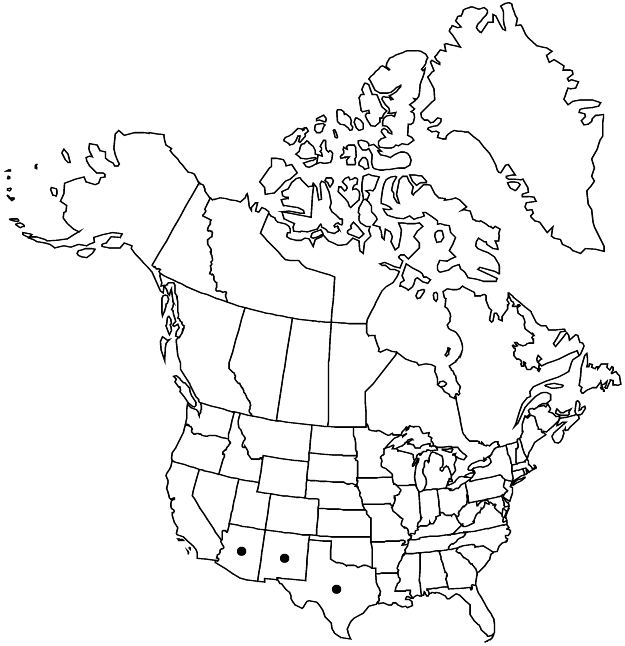Difference between revisions of "Rumex ellipticus"
Pittonia 4: 234. 1901.
FNA>Volume Importer |
imported>Volume Importer |
||
| (6 intermediate revisions by 2 users not shown) | |||
| Line 8: | Line 8: | ||
}} | }} | ||
|common_names=Elliptic tall dock | |common_names=Elliptic tall dock | ||
| + | |special_status={{Treatment/ID/Special_status | ||
| + | |code=E | ||
| + | |label=Endemic | ||
| + | }} | ||
|basionyms= | |basionyms= | ||
|synonyms={{Treatment/ID/Synonym | |synonyms={{Treatment/ID/Synonym | ||
|name=Rumex altissimus subsp. ellipticus | |name=Rumex altissimus subsp. ellipticus | ||
|authority=(Greene) Á. Löve | |authority=(Greene) Á. Löve | ||
| + | |rank=subspecies | ||
}} | }} | ||
|hierarchy=Polygonaceae;Polygonaceae subfam. Polygonoideae;Rumex;Rumex subg. Rumex;Rumex sect. Axillares;Rumex ellipticus | |hierarchy=Polygonaceae;Polygonaceae subfam. Polygonoideae;Rumex;Rumex subg. Rumex;Rumex sect. Axillares;Rumex ellipticus | ||
| Line 27: | Line 32: | ||
|elevation=10-1000 m | |elevation=10-1000 m | ||
|distribution=Ariz.;N.Mex.;Tex. | |distribution=Ariz.;N.Mex.;Tex. | ||
| − | |discussion=<p>Rumex ellipticus is closely related to R. altissimus and is sometimes regarded as a subspecies of it (Á. Löve 1986).</p> | + | |discussion=<p><i>Rumex ellipticus</i> is closely related to <i>R. altissimus</i> and is sometimes regarded as a subspecies of it (Á. Löve 1986).</p> |
|tables= | |tables= | ||
|references= | |references= | ||
| Line 36: | Line 41: | ||
-->{{#Taxon: | -->{{#Taxon: | ||
name=Rumex ellipticus | name=Rumex ellipticus | ||
| − | |||
|authority=Greene | |authority=Greene | ||
|rank=species | |rank=species | ||
| Line 50: | Line 54: | ||
|publication title=Pittonia | |publication title=Pittonia | ||
|publication year=1901 | |publication year=1901 | ||
| − | |special status= | + | |special status=Endemic |
| − | |source xml=https:// | + | |source xml=https://bitbucket.org/aafc-mbb/fna-data-curation/src/2e0870ddd59836b60bcf96646a41e87ea5a5943a/coarse_grained_fna_xml/V5/V5_1040.xml |
|subfamily=Polygonaceae subfam. Polygonoideae | |subfamily=Polygonaceae subfam. Polygonoideae | ||
|genus=Rumex | |genus=Rumex | ||
Latest revision as of 22:07, 5 November 2020
Plants perennial, glabrous, with vertical rootstock. Stems ascending or decumbent, usually producing axillary shoots below 1st-order inflorescence or at proximal nodes, 40–70 cm. Leaf blades lanceolate or broadly lanceolate, 5–10(–15) × 2–3(–4) cm, usually ca. 3–4 times as long as wide, widest in proximal 1/2, rarely near middle, thick, often subcoriaceous, base cuneate, margins entire, flat, apex acute or attenuate. Inflorescences terminal and axillary, terminal usually occupying distal 1/5–1/3 of stem, rather dense or interrupted in proximal 1/2, usually narrowly paniculate (branches simple and comparatively short). Pedicels articulated in proximal 1/2 almost near base, thickish, 3–6(–7) mm, usually approximately as long as or slightly shorter than inner tepals, articulation indistinctly swollen. Flowers 12–20 in whorls; inner tepals ovate or cordate-triangular, occasionally almost orbiculate, 5–6 × 4–5 mm, base truncate or indistinctly cordate, margins entire, apex obtuse or subacute; tubercles absent or 1 inner tepal with indistinctly swollen midvein. Achenes brown, 2.7–3.2 × 1.8–2.5 mm. 2n = 20.
Phenology: Flowering spring–early summer.
Habitat: Sandy, gravelly, and muddy shores of rivers and streams
Elevation: 10-1000 m
Distribution

Ariz., N.Mex., Tex.
Discussion
Rumex ellipticus is closely related to R. altissimus and is sometimes regarded as a subspecies of it (Á. Löve 1986).
Selected References
None.